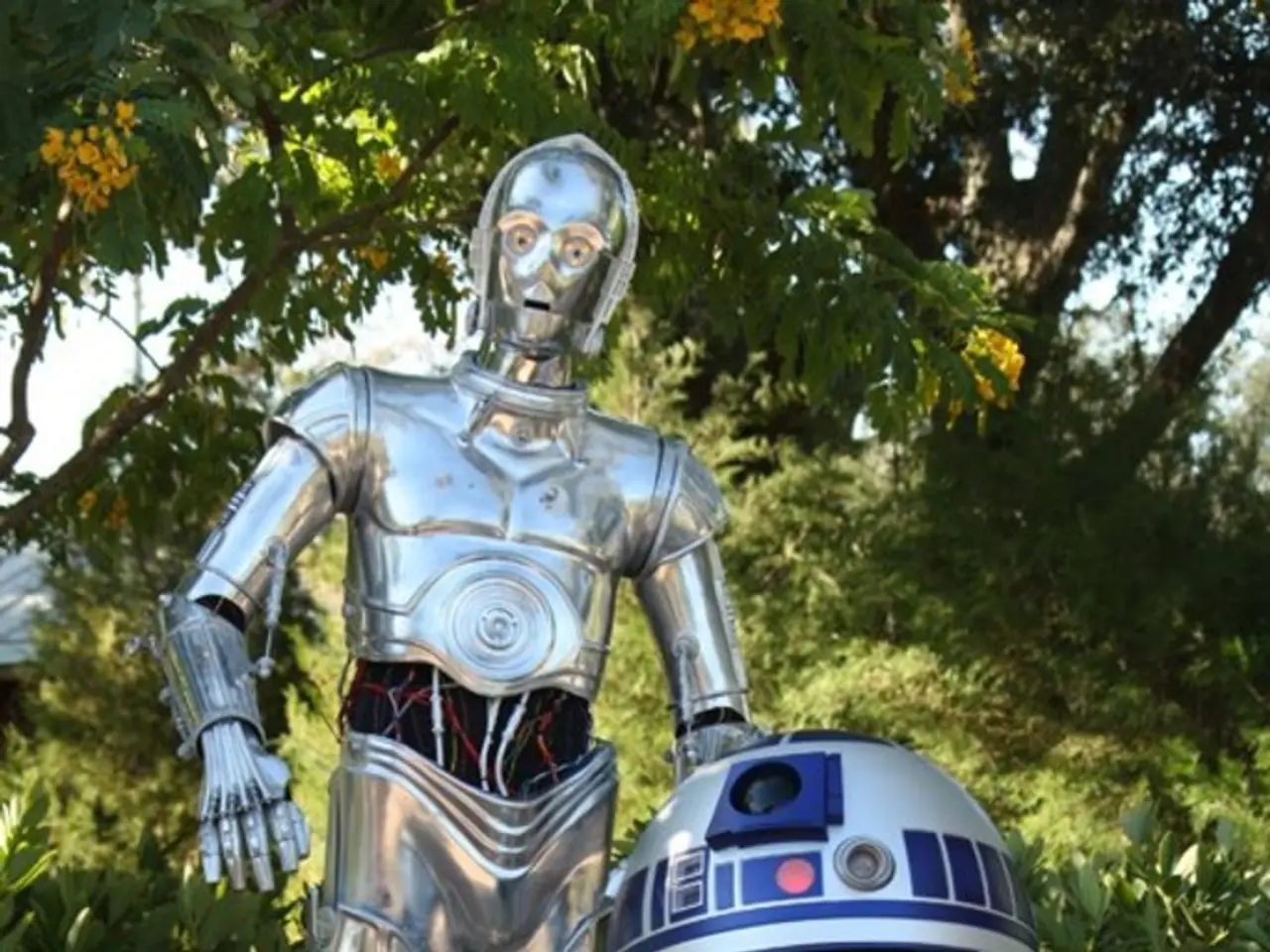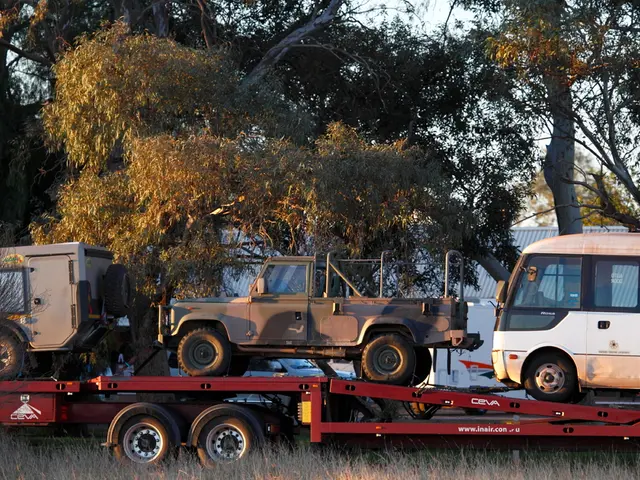AI-Aided Strawberry Harvesting: Automated farmworkers alleviating agricultural toil
The German Research Center for Artificial Intelligence (DFKI) has unveiled a groundbreaking robotic system named SHIVAA, designed for the labor-intensive task of harvesting strawberries in open-field cultivation. The robot, currently under development, is set to revolutionize the agricultural sector, particularly in addressing growing economic pressure and high labor costs.
Development and Capabilities
SHIVAA is the result of a collaboration between DFKI and Hamburg University of Applied Sciences. It is being tested at the Glantz strawberry farm in Hohen Wieschendorf, Germany. The robot utilizes advanced image processing to detect ripe strawberries autonomously, setting it apart from other strawberry-harvesting robots that primarily operate in greenhouses.
SHIVAA is designed to work alongside humans safely, featuring internal sensors that detect collisions and stop operation to prevent accidents. It can operate autonomously at night under artificial lighting, improving its image processing capabilities. The robot is also capable of autonomous navigation along rows of plants and collecting ripe fruits using gripping arms.
Potential Impact on Labor Costs and Strawberry Prices
Jan van Leeuwen, the manager of the Glantz strawberry farm, is optimistic about the project due to the high labor costs, which account for around 60% of production costs. SHIVAA aims to reduce these labor costs by automating the harvesting process. While the developers do not intend for the robot to replace human workers completely, they aim to support and relieve them, decreasing crop loss and maintaining fruit quality.
The anticipated reduction in production costs could eventually allow strawberries to be sold more cheaply in supermarkets. This technology could help domestic farms compete more effectively with strawberry imports by improving harvest efficiency.
Deployment Timeline
According to project leader Heiner Peters, SHIVAA requires several more years of development before mass production and widespread deployment can occur. It is estimated that it could take up to seven years before the robot can be deployed in larger quantities in fields.
In summary, SHIVAA represents a significant advancement in agricultural robotics for open-field strawberry harvesting. It has the potential to substantially lower labor costs and thereby reduce strawberry prices, though it remains under continued development and testing before commercial rollout. The technology used in SHIVAA could potentially be transferred to the harvesting of other fruit varieties in the future.
[1] DFKI (2022). SHIVAA: Harvesting strawberries autonomously. Retrieved from https://www.dfki.de/de/news/shivaaharvesting-strawberries-autonomously
[2] Peters, H. (2022). Interview: The autonomous strawberry harvester SHIVAA. Retrieved from https://www.agf.de/der-autonome-erdebeer-ernt-shivaah/
- This groundbreaking robotic system called SHIVAA, developed by DFKI and Hamburg University of Applied Sciences, is not only designed to revolutionize strawberry harvesting but could also impact the food-and-drink sector, as its potential deployment could lead to reduced labor costs and lower strawberry prices for consumers.
- In the realm of technology and artificial-intelligence, SHIVAA stands as a testament to the advancements in agricultural robotics, with its artificial intelligence and image processing capabilities, aimed at automating the labor-intensive task of harvesting strawberries in open-field cultivation.




